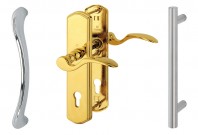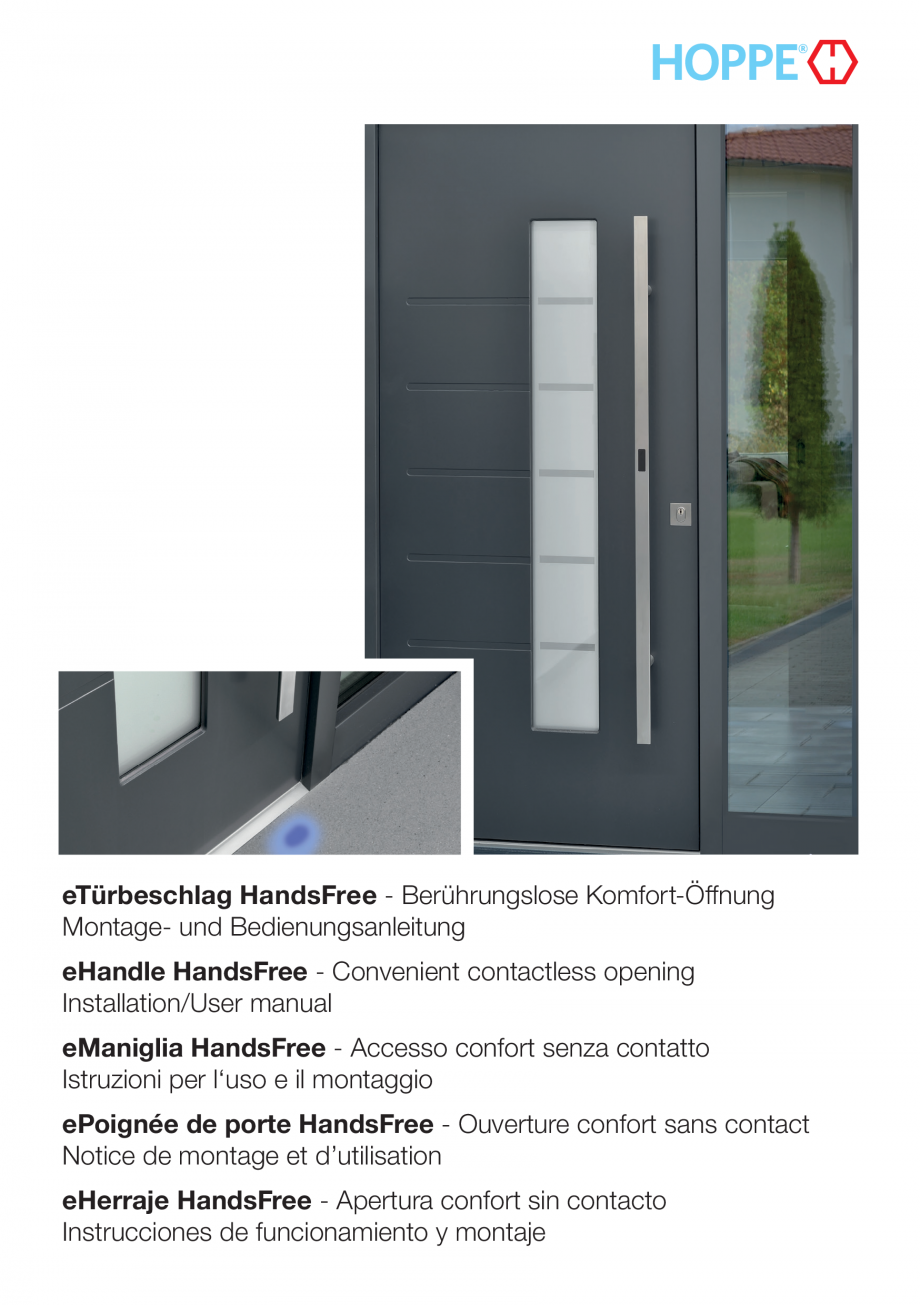Deschiderea usii fara contact - HOPPE HandsFree HOPPE
Limba: Engleza, Franceza, Germana, Italiana, Spaniola
Tip documentatie: Instructiuni montaj, utilizare
Salvează pdf
Full screen
Alte documentatii ale aceleasi game Vezi toate
Catalog, brosura
Catalog, brosura























































































































